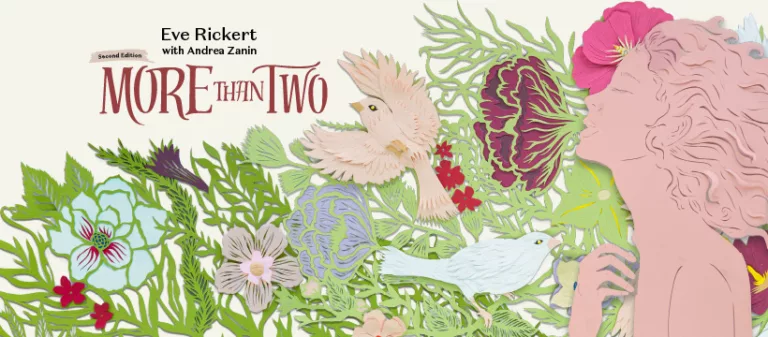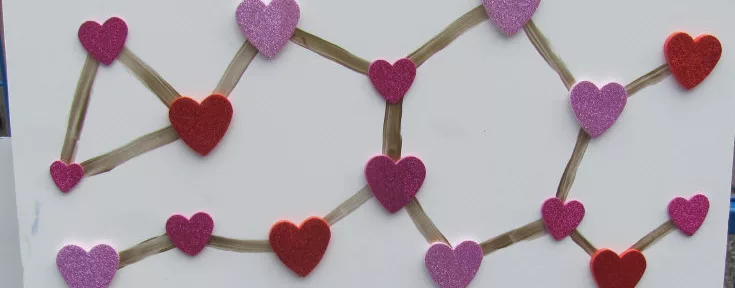A friend of mine has blogged about “reshaping” his love for his partner if a situation ever arose that made it impossible for him to be with her intimately. I’ve been thinking about this idea a lot lately, as the ability to shape love has become important in my own life. I also think it’s an idea that’s pretty fundamental to polyamory.
Growing up in a monogamous society, we’re taught there are, at most, a handful of shapes that love–particularly romantic love–can take. And those shapes are generally strung together on an expected trajectory, from initial attraction till death-do-us-part, that must be followed or else it’s not real love. Even people who become poly often try to hang onto the various pre-defined categories, perhaps by limiting the trajectories (“my boyfriend can only ever be my boyfriend, because I already have a husband”), or else expecting to follow the standard trajectory with multiple people, ending up say, with two or three life partners.
There’s no reason, though, why it must be like this. One of the amazing freedoms offered by living polyamorously is that you can negotiate whatever kind of relationship works for the people involved: The only criterion for what a relationship “should” look like is agreement. The possibilities of this, and the way it can enhance our lives, have really only begun to become apparent to me recently, four years into living poly. Just as one example, there’s often no need to “break up” a relationship with something (or someone) changes. Maybe you can keep that connection and reshape it in another way. The ability to negotiate relationship forms can also–when handled by mature, secure people who communicate well–help manage relationship imbalances, whether in feelings, attraction, time, commitment or expectations.
It helps me to think of love as an energy that flows through me. Its intensity and specific properties vary, and that influences its flow, the forms it can take and how easy it is for me to ignore or turn away from. But I’m not helpless in the face of it: I have a choice in how to express that love, and the form it takes–and that is, of course, influenced by the other person’s needs and the ways in which we’re actually compatible. The trick is to find a channel through which the energy can flow unimpeded: It’s when it gets blocked–or when I resist it–that it hurts. But as long as I stay open to it, it’s kind of amazing just how fluid it really is.


